Asteroids

This page is no longer in use. You should be redirected to our current "Asteroids" page in a few moments, or you can click here to go there now.
You might also be interested in:
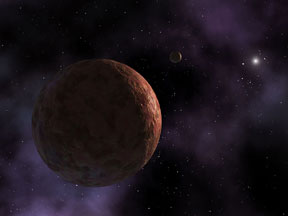
Astronomers have found a new object in our Solar System. The new object is named Sedna. Astronomers are calling Sedna a "planetoid". A planetoid is smaller than a planet but bigger than asteroids or comets.
...more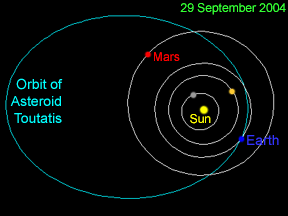
A big asteroid flew by Earth. Don't worry though - it isn't going to hit us! The asteroid is named Toutatis. It didn't get too close to Earth. The closest Toutatis came to Earth was 1.5 million kilometers
...more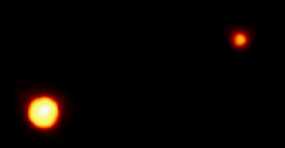
Pluto has been officially demoted from its status as a planet. The International Astronomical Union (IAU), at a meeting in August 2006, voted on their first "official" definition of a planet.
...more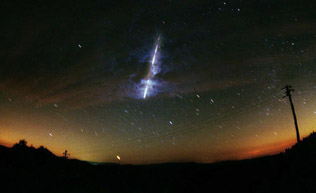
Meteors are streaks of light, usually lasting just a few seconds, which people occasionally see in the night sky. They are sometimes called "shooting stars" or "falling stars", though they are not stars
...more
Meteor showers are times when you can see a lot of meteors in one night. There are several different meteor showers. Each meteor shower happens at the same time every year. There is a meteor shower in
...more
Meteor showers are times when you can see a lot of meteors in one night. There are several different meteor showers. Each meteor shower happens at the same time every year. There is a meteor shower in
...more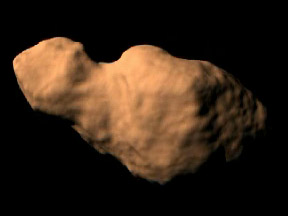
Toutatis is the name of a strange asteroid. This asteroid has a strange shape. It also spins in a funny way. Toutatis is shaped like a potato. It is about 5 km (3 miles) long. It is about half as wide
...more









